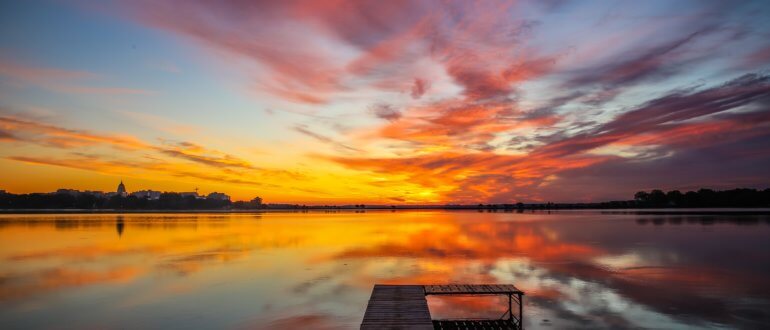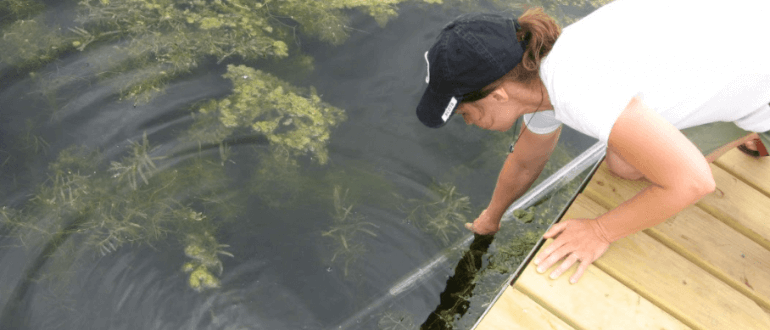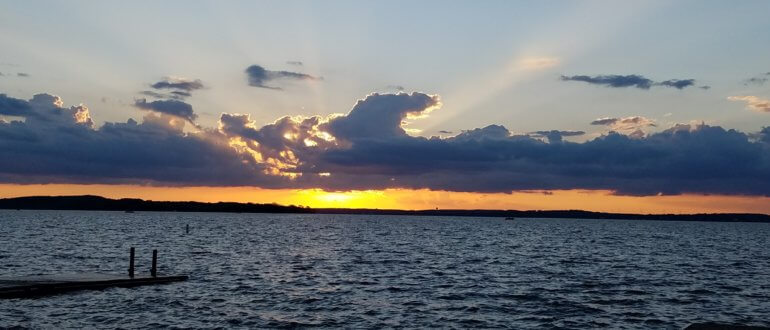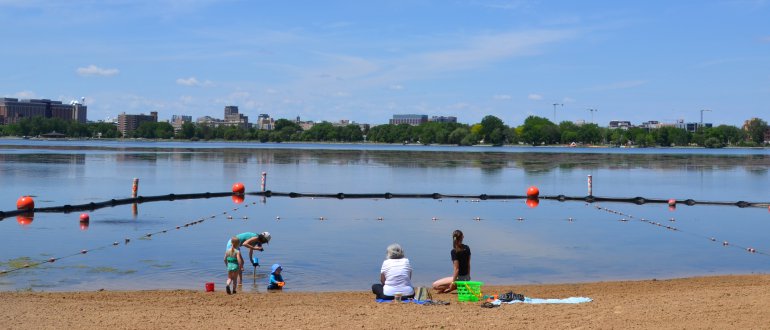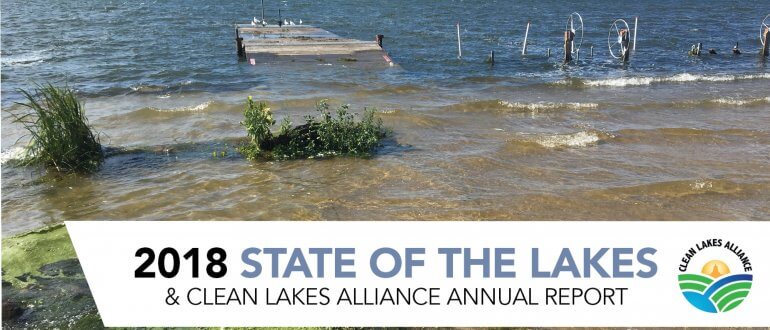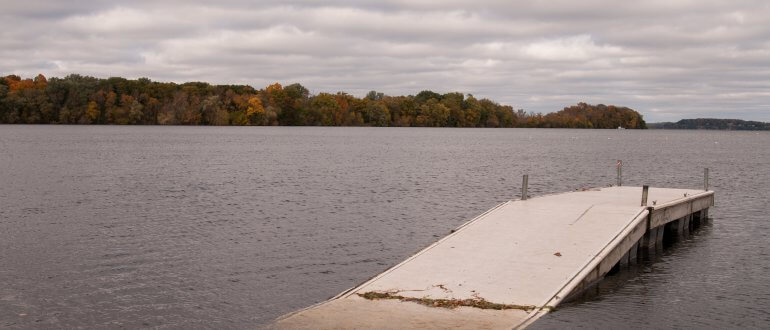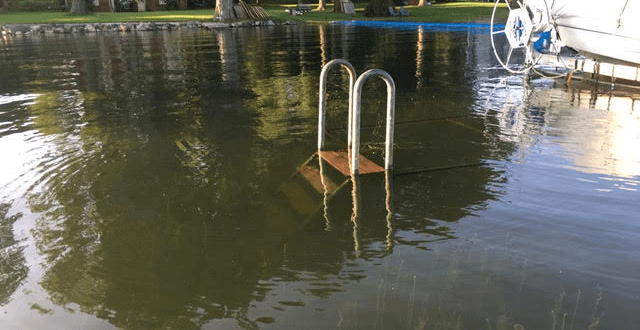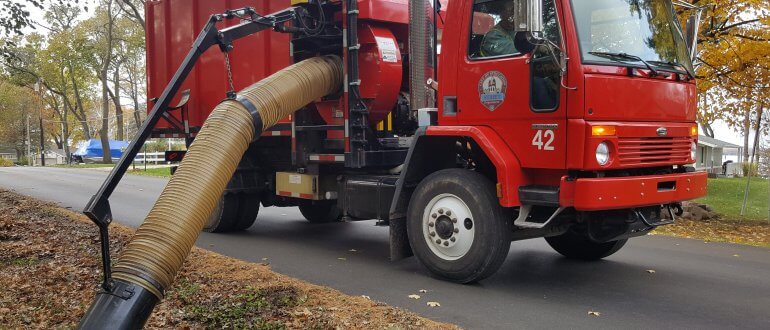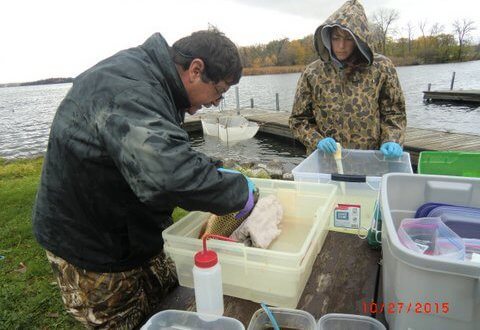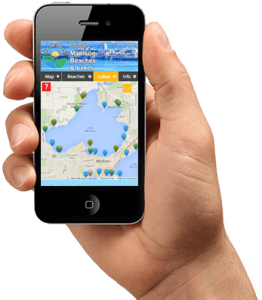Close to half of the Yahara Watershed’s shorelines include public lands and parks. Here are
a few hidden gems, which happen to be some of Clean Lakes Alliance’s favorite spots to enjoy our waters!
2020 Water Quality Monitoring Results
In 2020 water quality monitoring took place at piers and beaches around the five Yahara lakes. Volunteers measured near-shore water clarity, air and water temperature, and noted several visual observations during the monitoring season, which runs from May to September.
Hidden Gems
Fun finds around the Yahara Watershed
Although the most beloved beaches and piers are popular for good reason, there are also some hidden gems around the watershed that may just become your new favorite as we practice social distancing!
Yahara CLEAN Compact, Charting A Path Forward
A shared vision for clean, safe, and accessible lakes
In August 2019, leaders from government, business, and nonprofit organizations came together with a shared vision. The vision included a future in which Greater Madison’s five Yahara lakes are clean, safe, and accessible for everyone. Together, the 19 partners and collaborators formed the Yahara CLEAN Compact and committed to sharing resources and working together to curb pollution and chart the best path forward to cleaner, healthier lakes.
2019 Water Quality Monitoring Results
Overview
In 2019 water quality monitoring took place at piers and beaches around the five Yahara lakes. Volunteers measured near-shore water clarity, air and water temperature, and noted several visual observations during the monitoring season, which runs from May to September.
2018 State of the Lakes Report
2018 takeaways
- Cyanobacteria (blue-green algae) blooms appeared in our lakes at an alarming scale, highlighting continued challenges with water quality.
- 72% of beach closures from Memorial Day to August 20th were due to cyanobacteria blooms
- June continues to be the biggest month for cyanobacteria blooms for the fourth year
There’s More to Lake Levels
Clean Lakes Alliance Statement to Dane County Lake Level Task Force
This statement was presented by Clean Lakes Alliance Executive Director James Tye to the Dane County Lake Level Task Force on March 5, 2019.
Clean Lakes Alliance applauds the leadership of the Dane County Board and the Dane County Executive in putting $12 million toward flood recovery and lake improvement projects in the 2019 budget, and in creating the Technical Work Group and task force to address recent flooding around the Yahara Chain of Lakes. We believe these initiatives help move us toward becoming a more resilient community. But we need to work together as a community to address the increasing volume of water and runoff BEFORE it enters our lakes and waterways.
2018 Water Quality Monitoring Results
Yahara Lakes 2018 Water Quality Monitoring Results
Overview
From May to September of 2018, water quality monitoring took place at piers and beaches around the five Yahara lakes. Volunteers measured near-shore water clarity, air and water temperature, and noted several visual observations. Visual observations included presence of algal blooms (green/blue-green), floating plant debris, swimmers, waterfowl, wave intensity, and general water appearance. Volunteers report conditions on our website, Lakeforecast.org. The website displays updated data in real time.
Highlights
- 79 near-shore and 7 offshore monitoring stations on all five Yahara lakes (Figure 1)
- Weekly off-shore measurement of Secchi depth on all five lakes
- Measured temperature and dissolved oxygen profiles on all five lakes (seven sites total)
- Weekly monitoring continued at all 25 public beaches
- 44% increase in number of condition reports from 2017 (Table 1)
- Collected continuous near-shore temperature measurements at 17 sites on lakes Mendota, Monona, and Waubesa, and Kegonsa
- Implemented E. coli sampling and cyanobacteria toxin testing pilots
- Averaged 2.3 condition reports per site each week across all sites
- Continued weekly Weekend Lake Reports with over 77,000 views on social media
Clean Lakes Grant #5: Lake Kegonsa Leaf Management Project
Volunteers use leaf vacuums to protect Lake Kegonsa
A partnership toward leaf management and lake health in the Yahara River Watershed
Clean Lakes Alliance is excited to partner with the Friends of Lake Kegonsa Society (FOLKS) for one of our 2018 Clean Lakes Grants. FOLKS is a non-profit organization working to protect the environment and recreation of Lake Kegonsa and its surroundings.
Leaf management in the Yahara River Watershed is an important step toward creating healthy lakes. By following effective leaf practices, we can reduce the amount of phosphorus reaching our waters. Phosphorus is a naturally occurring element found in leaves, dirt, manure, and other organic matter and is the root cause of water quality problems in the region. When excessive amounts enter our lakes, phosphorus can fuel toxic cyanobacteria (blue-green algae) growth which can harm people and animals.
Friends of Lake Kegonsa Work to Improve Water Clarity
The Friends of Lake Kegonsa are working with the Department of Natural Resources and the UW-Madison Center for Limnology on a study of carp in the lake. The carp feed on the bottom of the lake and stir up sediment and phosphorus reducing lake clarity.
- 1
- 2
